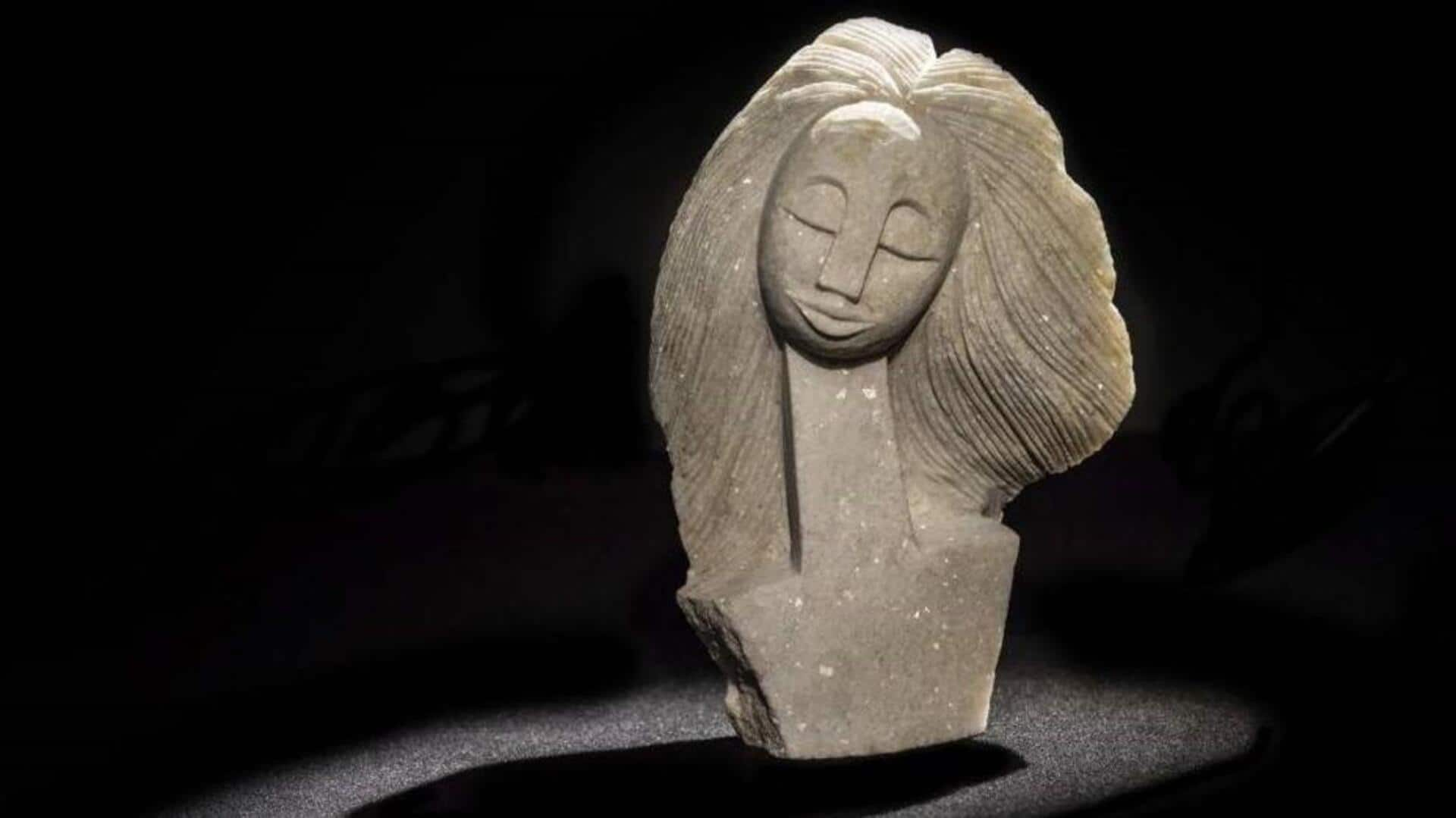
Shona stone art: Techniques, significance, and more
What's the story
Shona sculpture, a distinctive art form originating from Zimbabwe, is famous for its intricate stone carvings. The sculptures are created using a variety of techniques that have been passed down through generations. These techniques allow artists to transform raw stone into beautiful pieces of art, each telling its own story. Knowing these methods gives an insight into the cultural heritage and artistic prowess of the Shona people.
Technique 1
Direct carving technique
Direct carving is the most common technique used by Shona sculptors. In this method, artists carve directly onto the stone without any preliminary sketches or models. This requires a deep understanding of the material and allows for spontaneous creativity. The process involves using tools like chisels and hammers to gradually shape the stone into desired forms, often reflecting natural elements or human figures.
Technique 2
Subtractive method
The subtractive method involves removing material from a larger block of stone to reveal a sculpture within. This technique requires patience and precision, as artists carefully chip away layers of rock to create detailed features. The subtractive method is commonly used for larger pieces where the internal structure of the sculpture is as important as its external appearance.
Technique 3
Additive techniques
Additive techniques in Shona sculpture include attaching smaller pieces or elements to a base structure. While less common than subtractive methods, they allow for greater versatility in design and composition. Artists may use clay or other materials to add texture and depth to their work, enhancing the overall visual impact of the sculpture.
Tip 1
Tool selection and usage
Tool selection is critical in Shona stone carving, as different tools serve different purposes. Chisels are used for rough shaping, while finer details are added using smaller blades or rasps. Hammering tools help break larger sections quickly, whereas polishing tools smoothen surfaces for a finished look. Mastering tool usage is key to achieving desired results in each piece.
Tip 2
Cultural significance of techniques
The techniques used in Shona sculpture are not just artistic methods, but also cultural symbols. Each technique is a reflection of the values, beliefs, and stories of the Shona people. These sculptures are often used as a means of communication, expressing community history and identity through their forms and motifs.